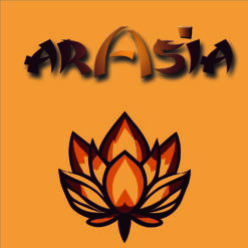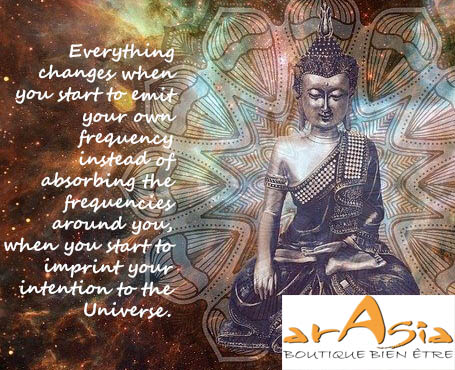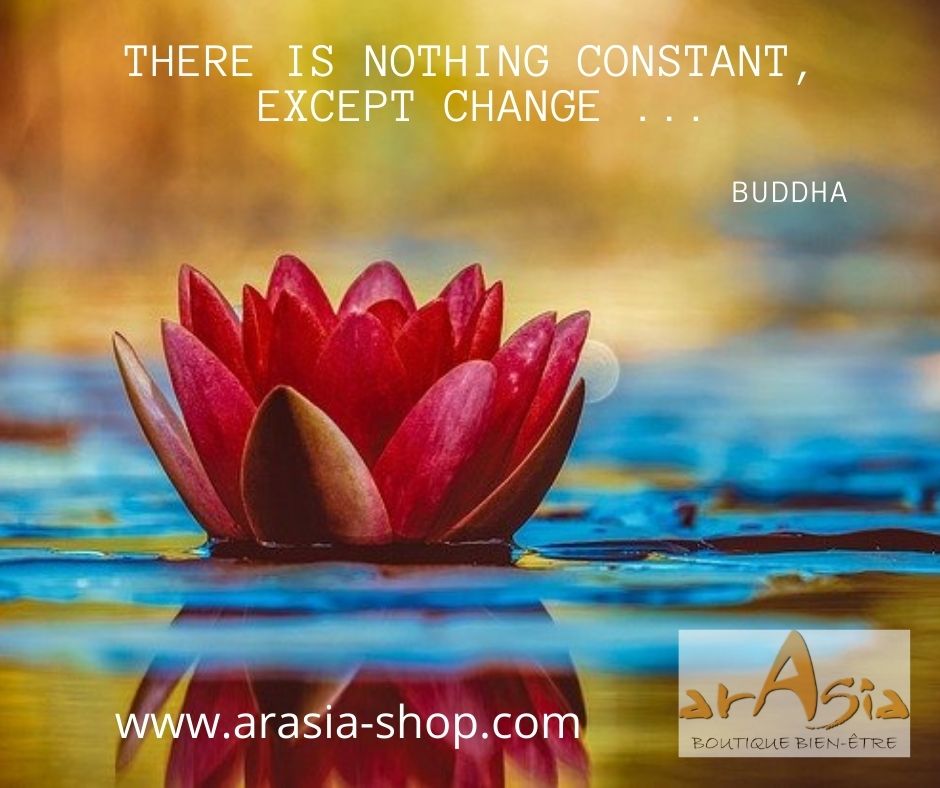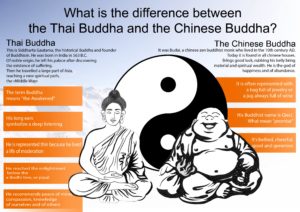Originally an ancient Taoist healing method, the inner smile is an extremely powerful meditation ritual that begins at the level of the eyes to go into all the organs of the body. The Taoists have been using the power of the inner smile for 2500 years.
It can also be seen as a broader concept designating a smiling and positive attitude towards every person and every event in life.
A relaxed smile, inside ourselves, can dispel the fears, tensions and negative emotions of life.
Scientists have shown that the smile releases chemical substances in the brain (serotonin, dopamine and endorphins) that instantly cause well-being.
There is a Chinese saying that says that a smile makes the face breathe.
Smiling is also the opening of the heart, a voluntary action that has the effect of feeling happiness in oneself.
But how to practice the inner smile?
It can be practiced at any time, and the more you practice it, the more it will become natural, as a way of being in the world.
You can close your eyes, but it’s not mandatory. Think of your safe place, become aware of your breathing and the present moment … you are alive, you are happy!
Imagine the corners of your lips which rise slightly. Observe this smile, let the joy invade and spread around you …
You can also visualize someone you love who smiles at you and you smile back.
By smiling at yourself, others and the world, you send out waves of positive energy.
“Joy engenders a smile,
And the smile engenders relaxation, calm and joy.
To smile, I do not expect to feel joy;
The feeling of joy can very well be born later.
Being alone in my room, I sometimes smile at myself.
I do it out of kindness to myself, to take care of myself, to give myself love.
I know that if I do not take care of myself, I cannot take care of others. “
_ Thich Nhat Hanh, Buddhist monk for peace
Other quotes from Thich Nhat Hanh






